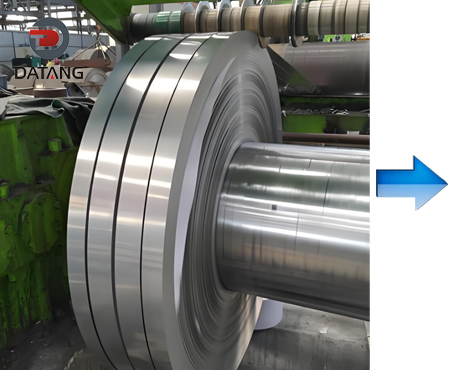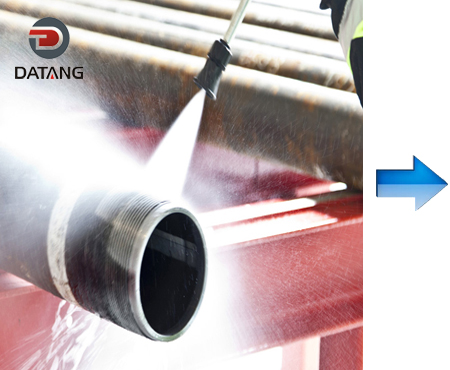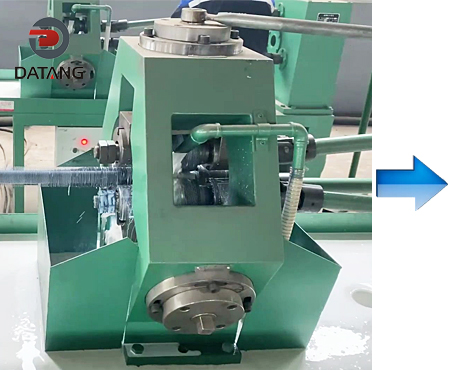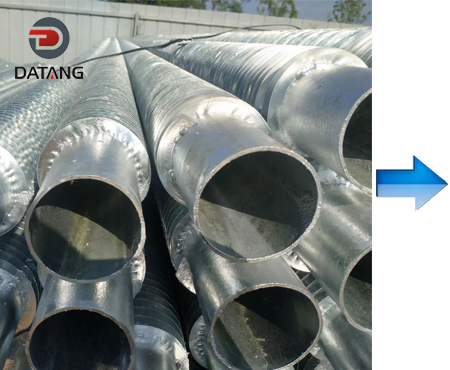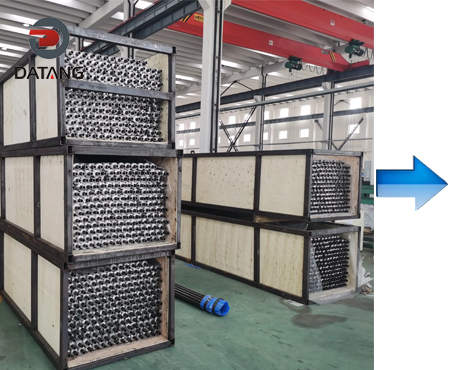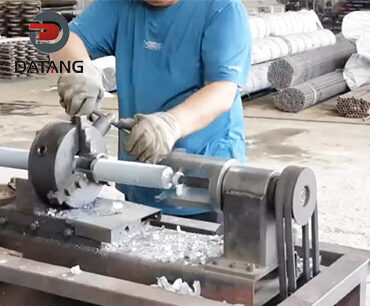Fin Tube Production Process
1. Material selection and preparation: Finned tubes are usually made of high-quality metal materials such as copper, aluminum, steel, etc., which have good thermal conductivity and mechanical strength. When selecting materials, factors such as corrosion resistance, processing performance and cost should also be considered. Raw materials must undergo strict inspection to ensure that the quality meets manufacturing requirements.
2. Fin processing and forming: The shape and size of the fins have an important influence on the heat dissipation effect. The processing process includes stamping, cutting, welding and other processes. Appropriate molds and process parameters must be selected during the stamping process to ensure the shape and size accuracy of the fins. Advanced technology is used during welding to ensure that the connection between the fins and the base tube is firm and reliable.
3. Base tube processing and assembly: The base tube is the main part of the finned tube, and the processing includes fixed-length cutting, rust removal, straightening and other processes. During assembly, the fins and base tubes are accurately aligned, and the two are tightly connected using appropriate connection methods (such as strong welding and mechanical fixing).
4. Welding process: The connection between the fin and the base tube usually adopts welding process. Common welding methods include high-frequency welding, submerged arc welding, laser welding, etc. The welding parameters must be strictly controlled during the welding process to ensure the quality of the weld and prevent welding defects.
5. Surface treatment: In order to enhance the corrosion resistance and aesthetics of the fin tube, surface treatment processes such as spraying, electroplating or anodizing are often used.
6. Quality inspection and performance testing: After manufacturing, strict quality inspection and performance testing are carried out, including appearance inspection, dimensional measurement, material composition analysis, etc., to ensure that the product quality meets the relevant standards and requirements.
7. Packaging and delivery: Fin tubes that have passed quality inspection and performance testing need to be packaged and appropriate protective measures should be taken to prevent damage during transportation and storage.





